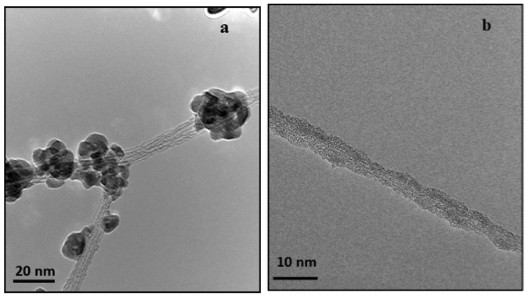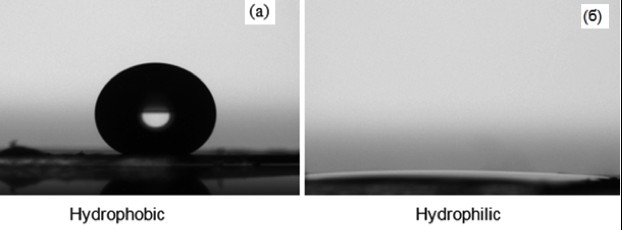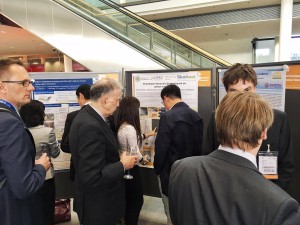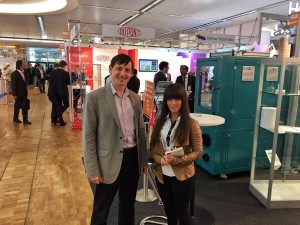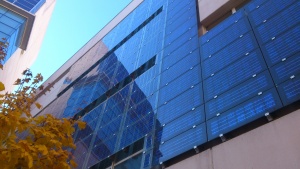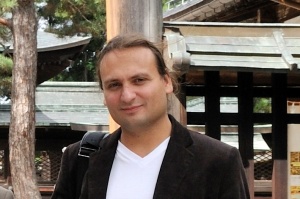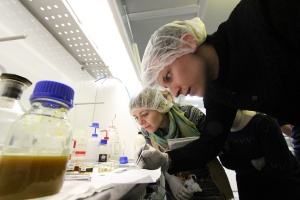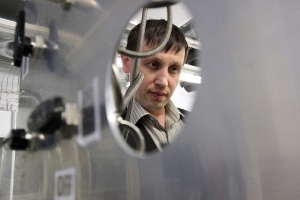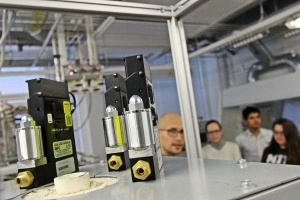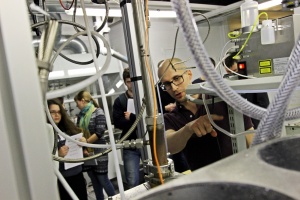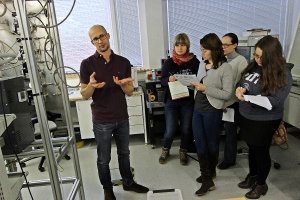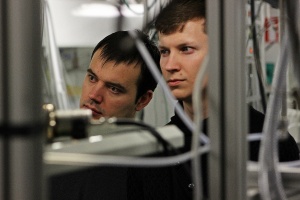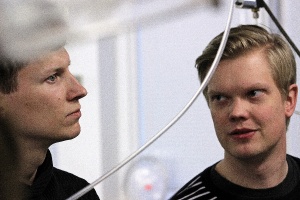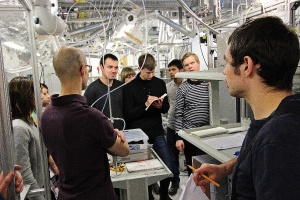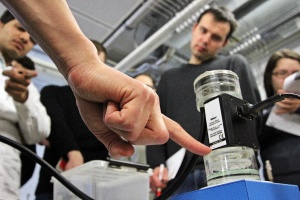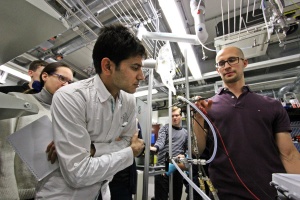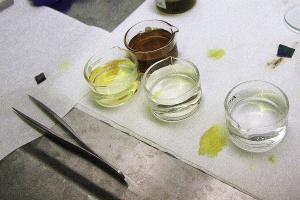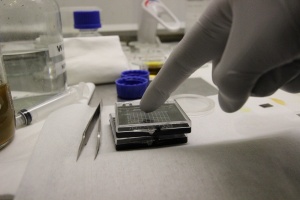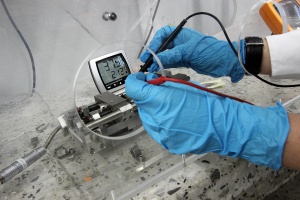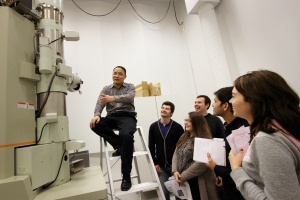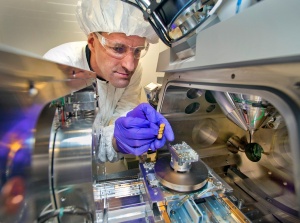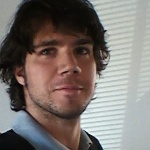Исследователи из Сколтеха, Университета Аалто и Санкт-Петербургского Политехнического Университета успешно продемонстрировали технологию осаждения оксида цинка на поверхность пленок однослойных углеродных нанотрубок. Результаты сотрудничества этих исследовательских университетов были опубликованы в журнале Nanotechnology.
Однослойные углеродные нанотрубки (ОУНТ) — это цилиндрические структуры (диаметром несколько нанометров и длиной несколько микрон), состоящие из атомов углерода. ОУНТ обладают уникальными механическими, электрическими и оптическими свойствами, что сделало их одним из наиболее исследуемых в мире материалов. Возможные применения ОУНТ включают композитные материалы, суперконденсаторы, био- и химические сенсоры, транзисторные структуры.
Применение ОУНТ, не подвергшихся модификации, в некоторых областях ограничено, поэтому ученые активно ведут исследования возможностей изменения и улучшения свойств ОУНТ. В данной работе ученые применяли метод обработки ОУНТ азотом, разработанный ранее в лаборатории Наноматериалов Сколтеха, а далее напыляли оксид цинка на поверхность углеродных нанотрубок.
В результате реализации совместного проекта с помощью технологии осаждения атомных слоев (ALD), ученые добились получения равномерного слоя оксида цинка (ZnO) на поверхности однослойных углеродных нанотрубок (ОУНТ) после их обработки в контролируемой атмосфере озона. Снимки просвечивающей электронной микроскопии (ПЭМ) образцов ОУНТ после обработки представлены на Рис. 1а, б. Как видно из Рис. 1а, осаждение ZnO было неэффективным, ZnO не осаждался равномерно на поверхности нанотрубок, а образовывал крупные скопления частиц различной формы. Напротив, на Рис. 1б показан образец с покрытием ZnO, который находился в атмосфере озона в течение 30 мин, до того, как он был перемещен в ALD камеру. Равномерность ZnO покрытия в этом случае отчетливо видна из ПЕМ изображения.
Рис. 1. а – ПЭМ-изображения образцов ОУНТ после 150 циклов ALD без озонирования,б – ОУНТ после озонирования и покрытия ZnO.
Последующая обработка нанотрубок, покрытых оксидом цинка, ультрафиолетом позволило добиться их гидрофильности (Рис. 2а и 2б). Гидрофобность нанотрубок затрудняет и использование в растворах, используемых, например, в медицине и фармакологии, а их функционализация – превращение в гидрофильные – позволяет управлять их растворимостью в жидкостях.
Кроме того, использование тонких пленов ОУНТ с ZnO покрытием позволили исследователям получить из полевых транзисторов р-типа (носителем заряда “дырки”) амбиполярные транзисторы (носители заряда “дырки” и электроны). Дело в том, что полевые транзисторы на основе ОУНТ являются транзисторами р-типа в обычных условиях окружающей среды (Рис. 2в), а с помощью напыления оксида цинка ученым удалось изменить их свойства. “Здесь мы объединили ОУНТ, обработанные озоном, и материал ZnO для изменения электрических свойств транзисторного устройства” – поясняет Альберт Насибулин один из соавторов, профессор Сколковского Института Науки и Технологий. “В отличие от транзисторов р-типа, полученных в условиях окружающей среды, наши транзисторы, основанные на ALD покрытии ОУНТ имеют высокую степень амбиполярности более 90% (Рис. 2г). Такое уникальное амбиполярное поведение может стать серьезным внедрением для технологии изготовления полупроводниковых приборов, в которой только один тип носителей заряда является доминирующим при работе устройства. Именно по этой причине, продемонстрированные нами амбиполярные ОУНТ транзисторы, могут быть использованы для изготовления новых логических схем, а также элементов памяти”, – продолжил Альберт Насибулин.
Исследовательская группа Альберта Насибулина активно занимается разработкой новых наноматериалов и их усовершенствованием. Среди последних достижений: разработка метода обработки углеродных нанотрубок озоном, получение нового гибридного материала для использования в сенсорных дисплеях, технологию создания диодов на основе ОУНТ, а также создание эластичных суперконденсаторов на основе ОУНТ.

Рис. 2. Изменение характера поведения пленки (а) гидрофобная до УФ обработки (б) гидрофильная после УФ-бработки. Вольт-амперные характеристики транзистора на основе ОУНТ в логарифмическом масштабе: в – до ZnO покрытия, г – после 50 циклов ALD.
Результаты работы опубликованы в журнале Nanotechnology.
Контакты:
Skoltech Communications
+7 (495) 280 14 81
